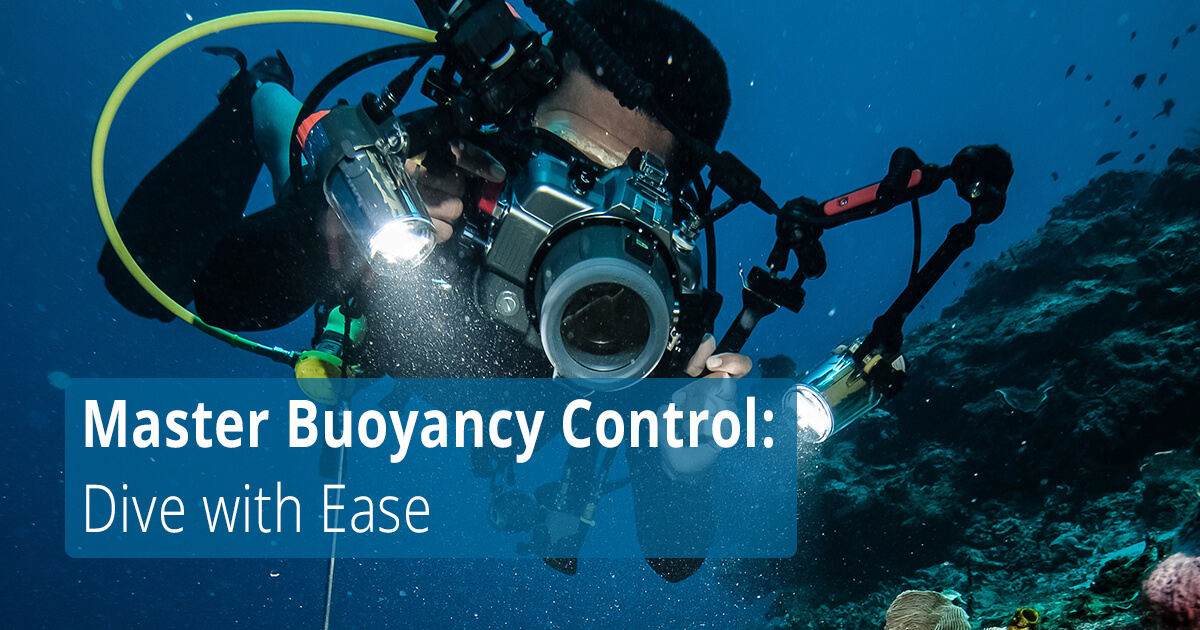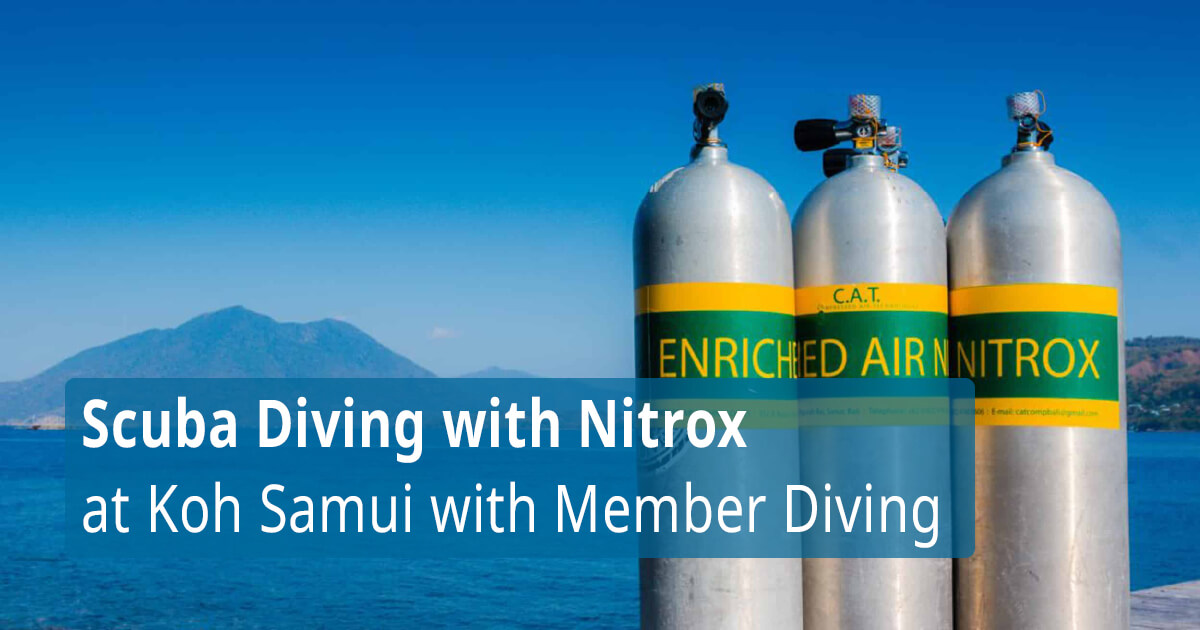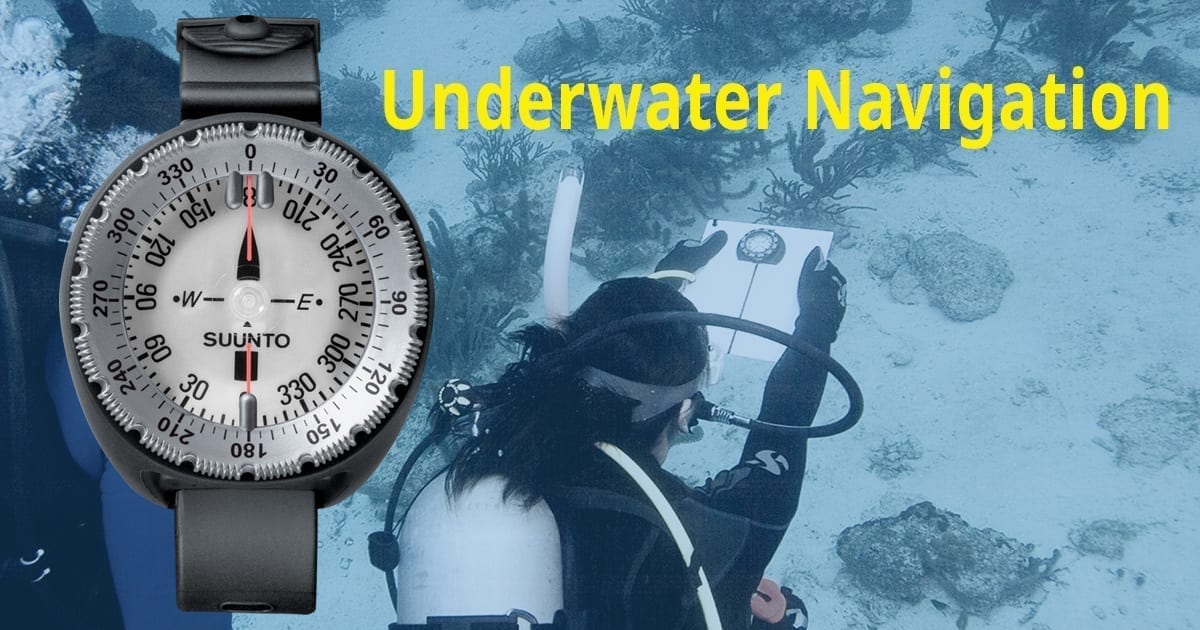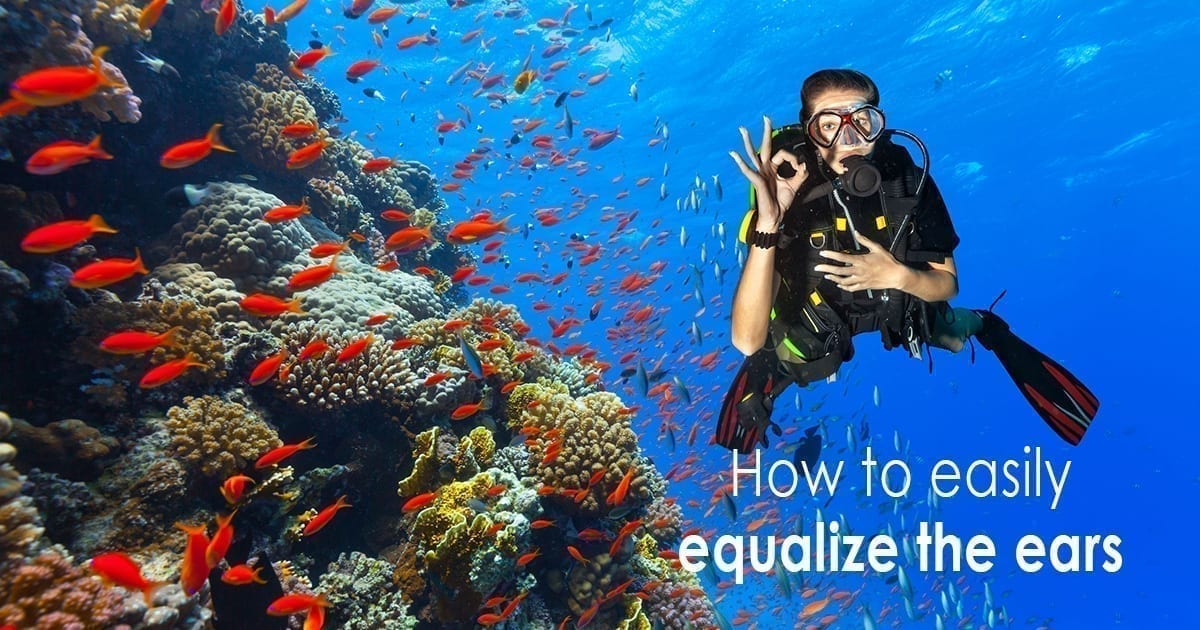Mastering Buoyancy Control in Scuba Diving: The Key to Underwater Freedom
Scuba diving opens up a whole new world beneath the waves, allowing us to explore the beauty and mystery of the underwater realm. However, to truly enjoy this experience and protect the marine environment, mastering buoyancy control is crucial. In this post, we’ll dive deep into the art and science of buoyancy control, exploring why it’s essential and how you can improve your skills.
Understanding Buoyancy
Before we delve into control techniques, it’s important to understand what buoyancy is. In simple terms, buoyancy is the upward force exerted by a fluid (in this case, water) that opposes the weight of an immersed object. In scuba diving, we aim for neutral buoyancy – a state where you neither sink nor float, but remain suspended in the water column.
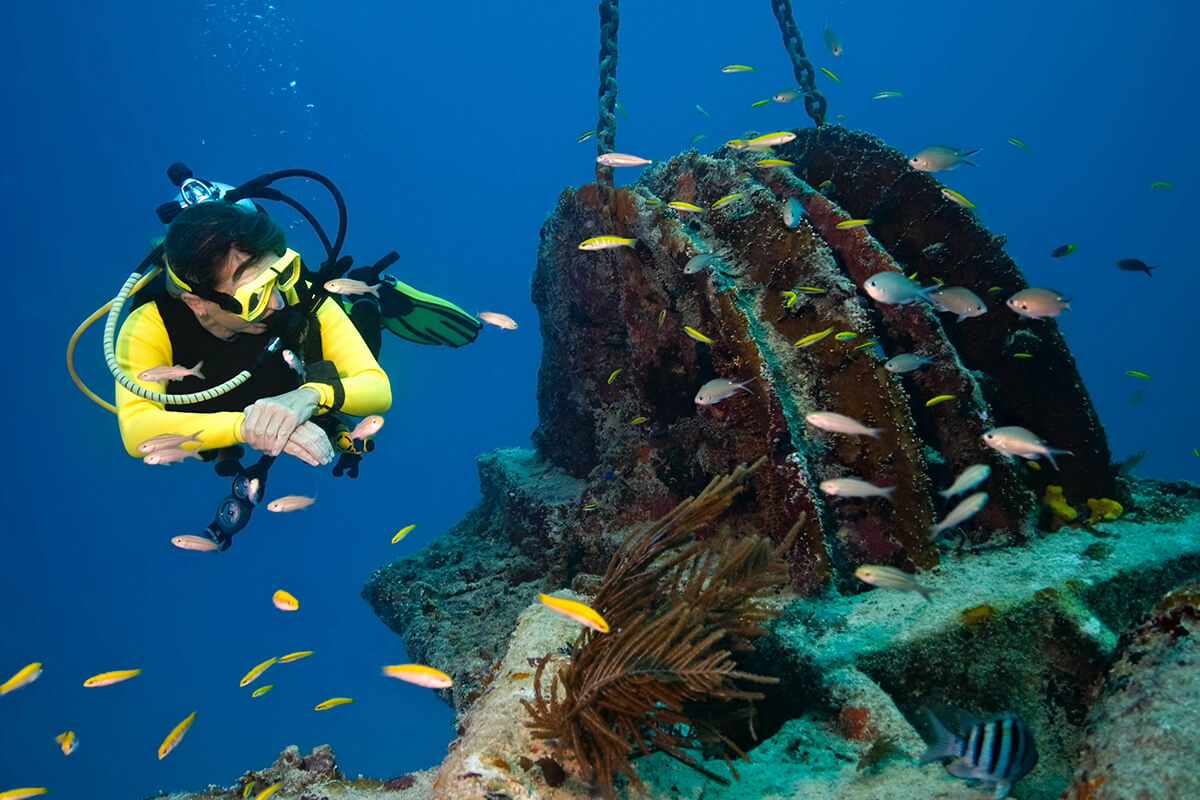
Why is Buoyancy Control Important?
- Safety: Good buoyancy control helps prevent uncontrolled ascents or descents, reducing the risk of decompression sickness and lung overexpansion injuries.
- Conservation: By maintaining proper buoyancy, you avoid damaging delicate marine ecosystems like coral reefs.
- Air Consumption: Efficient buoyancy control leads to less effort spent on unnecessary movements, conserving your air supply and extending your dive time.
- Enjoyment: When you’re not constantly fighting to maintain your position in the water, you can relax and fully appreciate the underwater world around you.
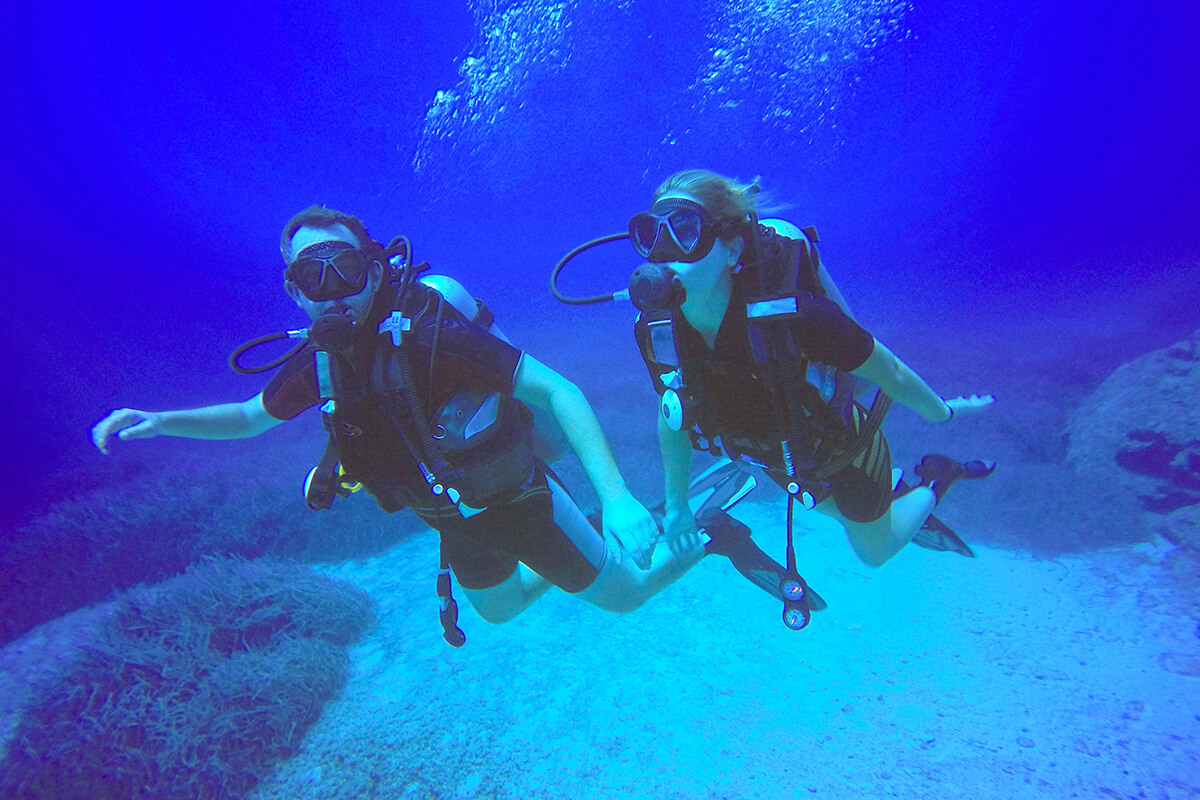
Factors Affecting Buoyancy
Several factors influence your buoyancy while diving:
- Your body composition (muscle-to-fat ratio)
- The salinity and temperature of the water
- Your exposure suit (wetsuit or drysuit)
- The amount of weight you’re carrying
- The amount of air in your Buoyancy Compensator Device (BCD) and lungs
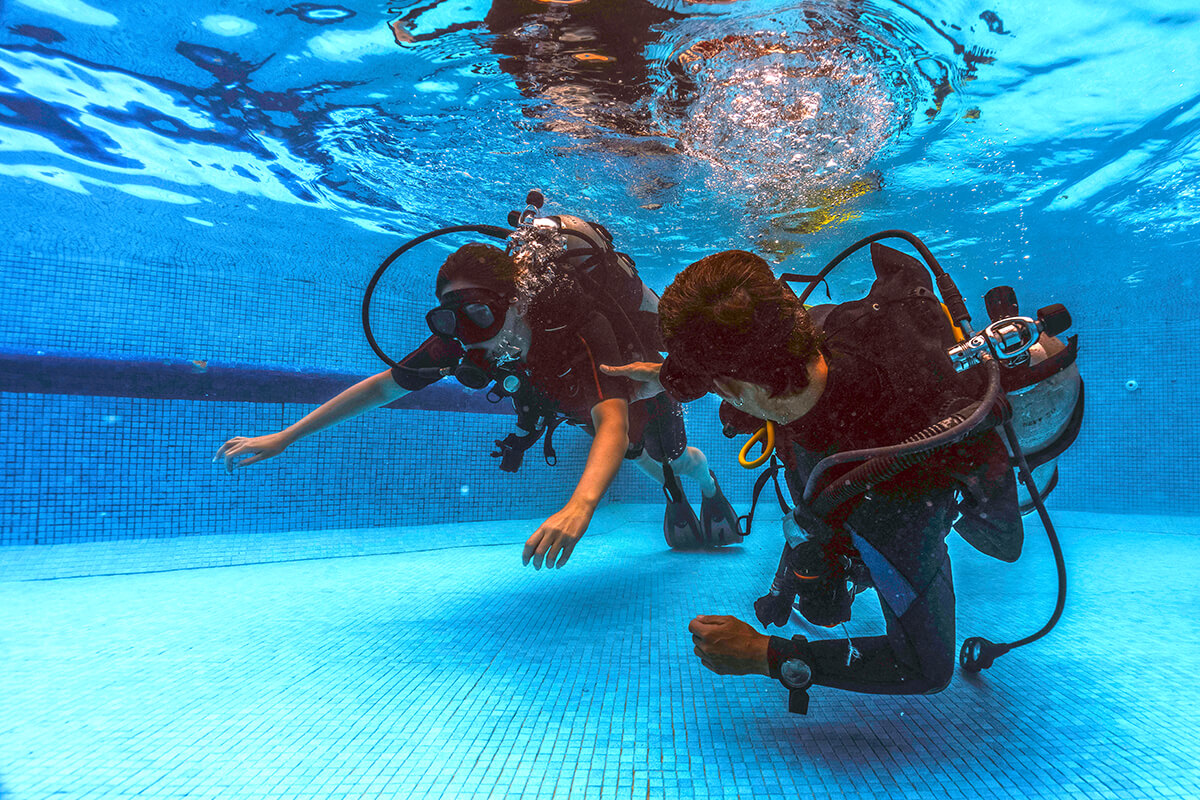
Techniques for Improving Buoyancy Control
- Perfect Your Weighting: Start by getting your weighting right. You should be able to float at eye level with an empty BCD and a normal breath held in your lungs.
- Use Your Lungs: Your lungs are a natural buoyancy compensator. Practice making small adjustments to your depth by controlling your breath – inhale to rise slightly, exhale to sink.
- Make Micro-Adjustments: Instead of large bursts of air into or out of your BCD, make small, frequent adjustments. This gives you more precise control.
- Trim Your Position: Maintain a horizontal position in the water. This reduces drag and makes it easier to control your buoyancy.
- Practice, Practice, Practice: Like any skill, buoyancy control improves with practice. Spend time in a pool or calm shallow water perfecting your technique.
- Visualize Your Bubble: Imagine a small bubble in your BCD. Your goal is to keep that bubble the same size, making only tiny adjustments as needed.
Advanced Buoyancy Techniques
Once you’ve mastered the basics, you can move on to more advanced techniques:
- Hovering: Practice maintaining your position in the water column without moving your hands or feet.
- Backward Finning: Learn to move backwards smoothly without disturbing the water or marine life in front of you.
- Pivot Turns: Master the ability to turn on the spot by using your fins and body position.
The Role of Equipment
While skill is crucial, your equipment also plays a vital role in buoyancy control:
- BCD: Choose a BCD that fits well and allows for precise control.
- Weights: Invest in a good weight system that allows for easy adjustment.
- Exposure Suit: Understand how your wetsuit or drysuit affects your buoyancy and adjust accordingly.
Conclusion
Mastering buoyancy control is a journey, not a destination. It requires patience, practice, and a willingness to continuously refine your skills. However, the rewards are immense. With proper buoyancy control, you’ll dive safer, conserve air, protect the marine environment, and ultimately, experience the true freedom of weightlessness in the underwater world.
Remember, every dive is an opportunity to improve. So on your next dive, take a moment to focus on your buoyancy. Your diving experience – and the marine life around you – will thank you for it.
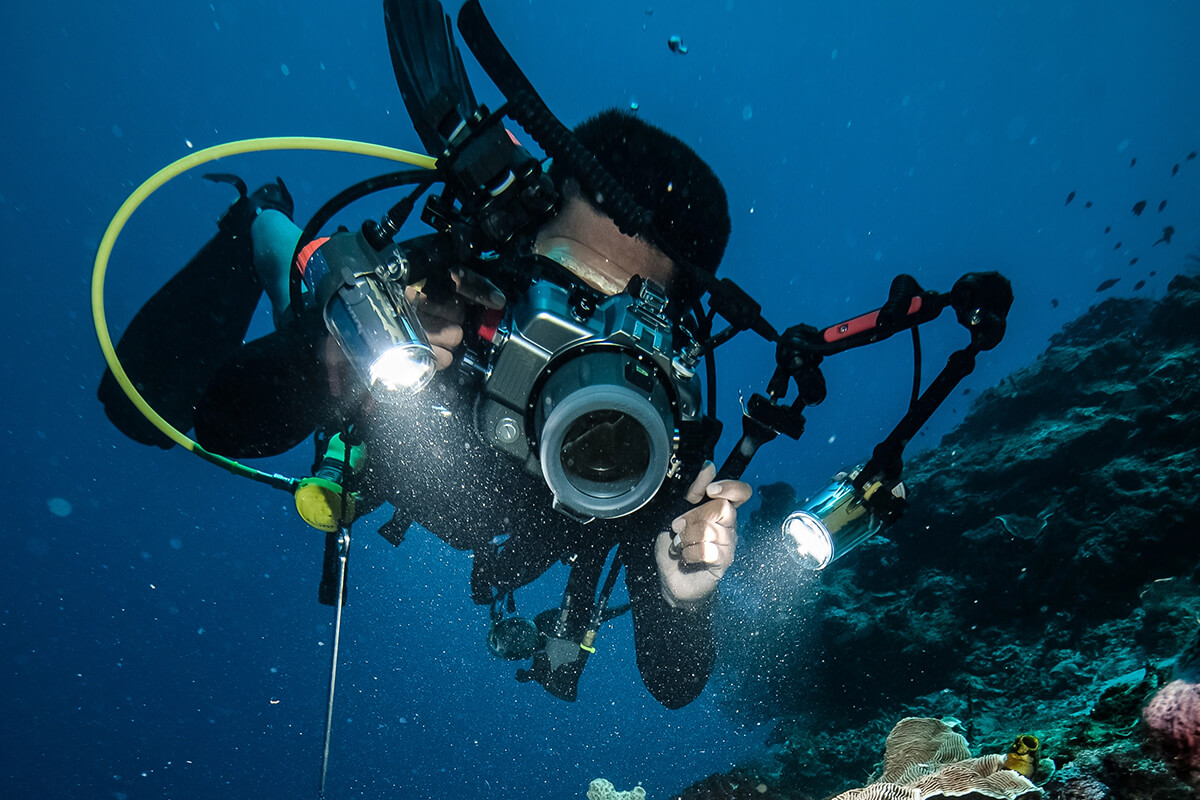
Happy diving, and may your bubbles always be small and controlled!




